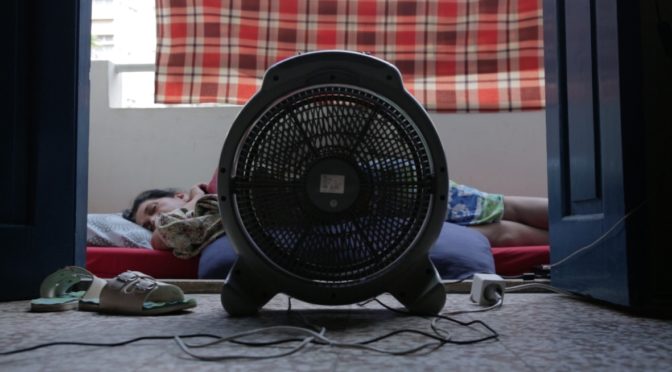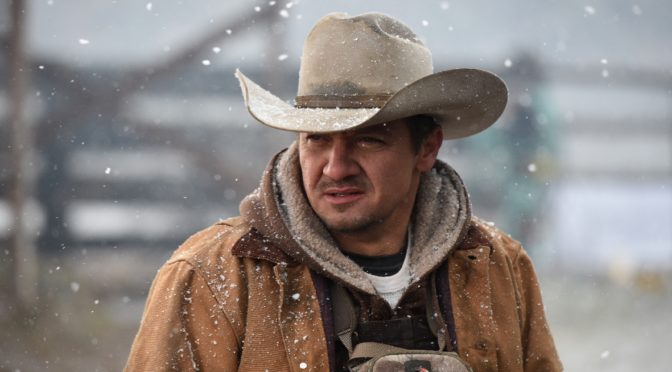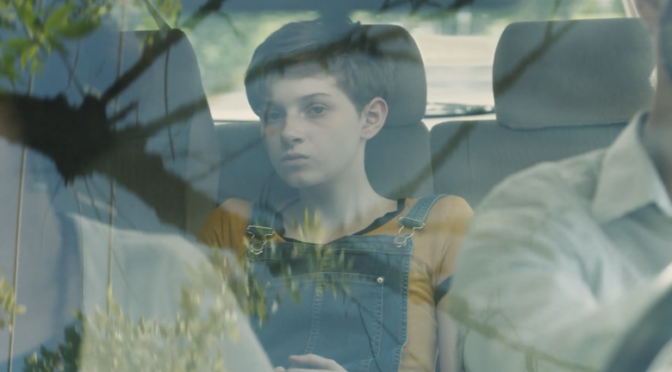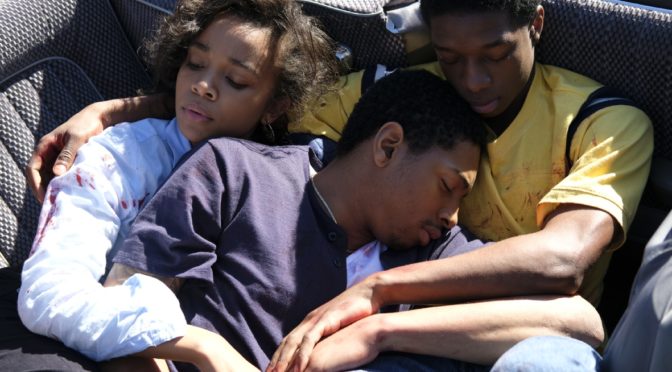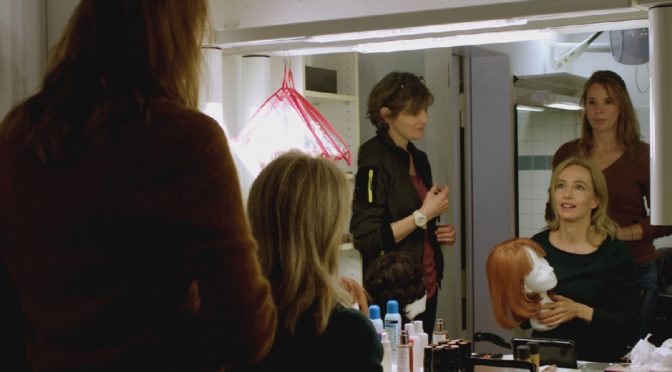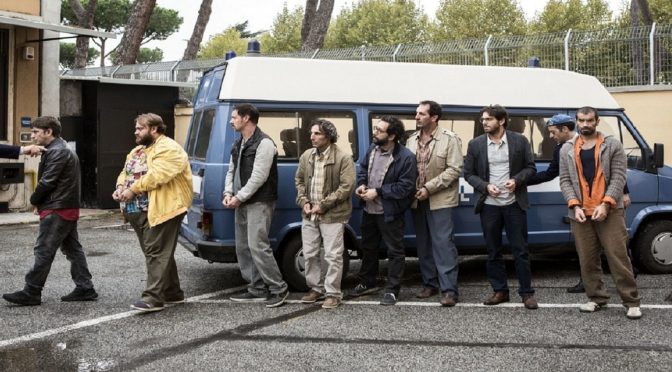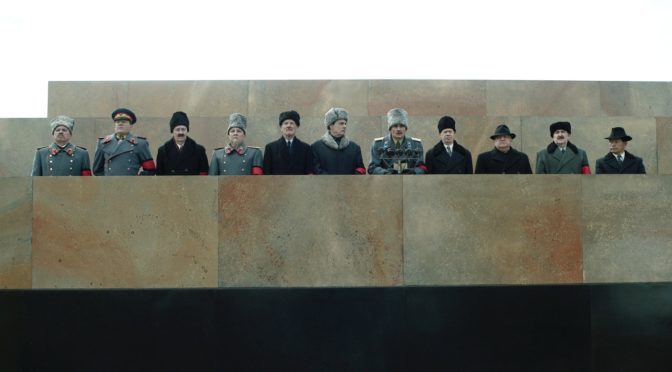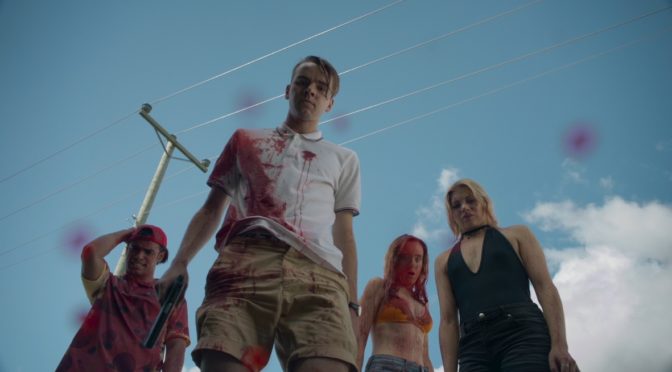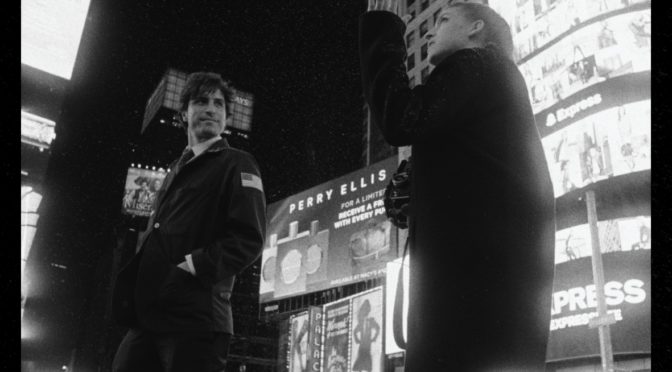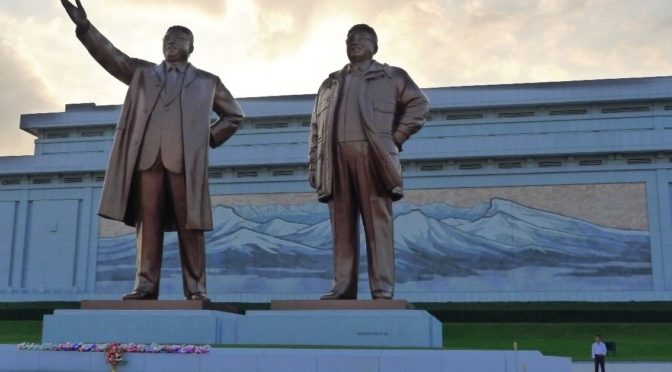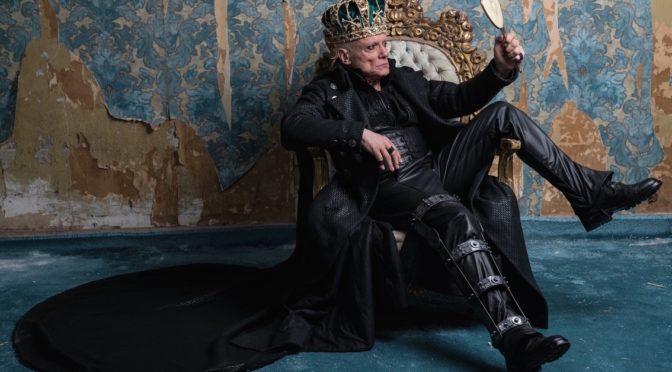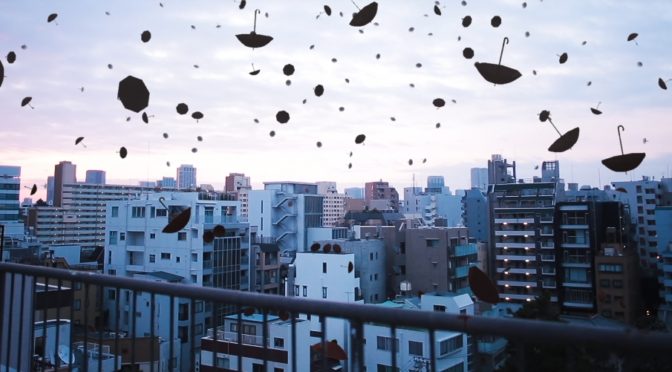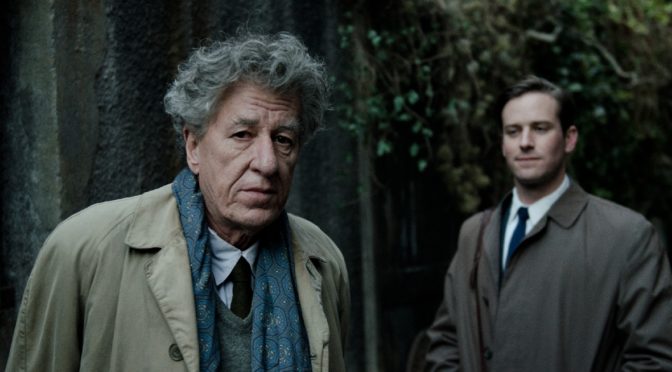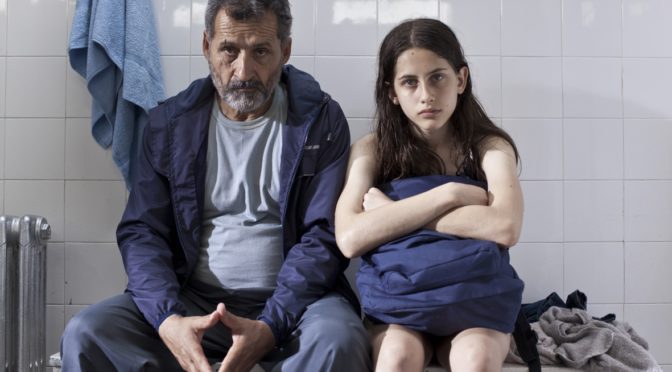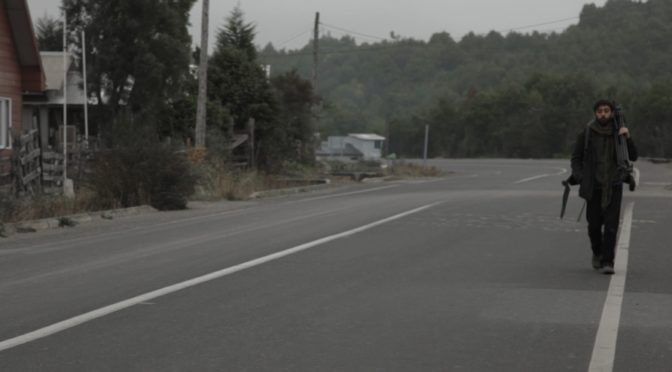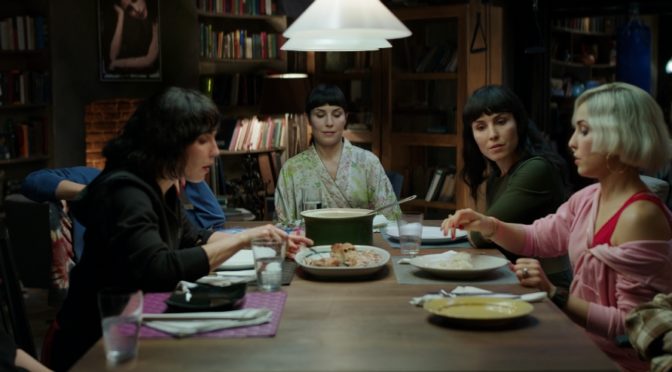Versione inglese a cura del Master in Traduzione per il Cinema, la Televisione e l’Editoria Multimediale
Article by: Vanessa Mangiavacca
Translation by: Federica Franzosi
I Used to Sleep on the Rooftop is the first feature film by Angie Obeid, a young director from Lebanon. It is a deep piece of work on many levels: the movie camera moves indiscreetly inside the director’s own apartment (and it stays there during the whole movie), while she herself tells the audience Nuhad’s story. Nuhad lives in Damascus with her husband and their two sons (one of which is Angie’s friend). The sudden start of a war forces the woman to re-evaluate her life and to decide to leave.
Continua la lettura di “I Used to Sleep on the Rooftop” by Angie Obeid

